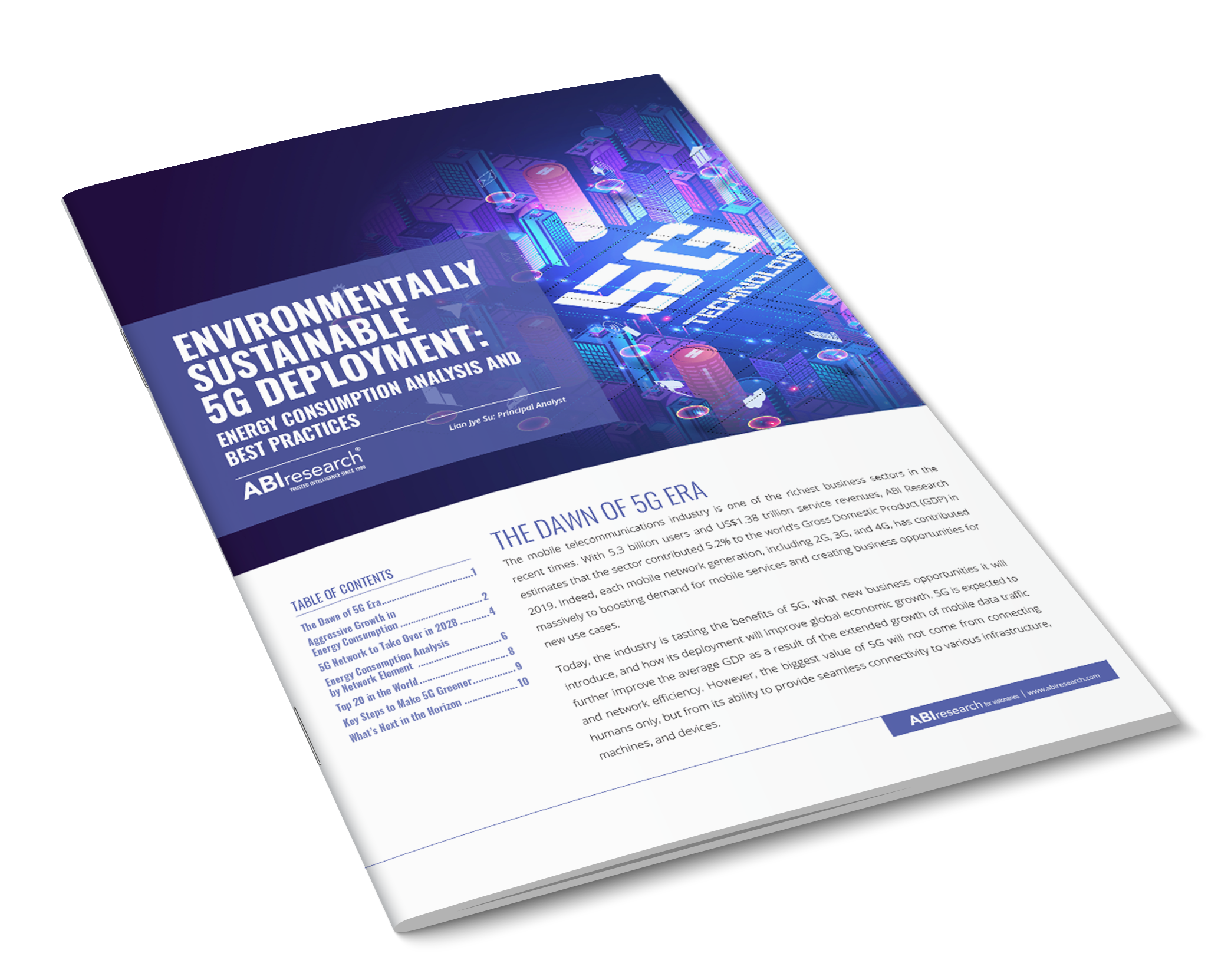Sponsored By InterDigital
In order to realize 5G’s full potential, 5G deployment requires a more complex network with more powerful network elements, Internet of Thing (IoT) end nodes, and gateways. As compared to previous generations, 5G is expected to be flexible and agile, capable of supporting independent network slices for different applications. In addition, 5G is expected to have ubiquitous presence across different markets, so addressing energy consumption issue right at the onset of 5G deployment is a timely and effective way to make 5G as sustainable as possible.
The best place to start is to ask what impact the cellular network, including network elements and user devices, will have on the environment and CO2 emission. A detailed look at 5G energy impact requires close assessment of various components of the overall cellular infrastructure, from radio access network (RAN) to core networks, edge computing servers, passive network equipment and end devices. Based on the analysis outcome, key stakeholders can define their deployment strategies based on the recommendations in this whitepaper to address 5G energy consumption at every level.
Download this whitepaper to learn more.

